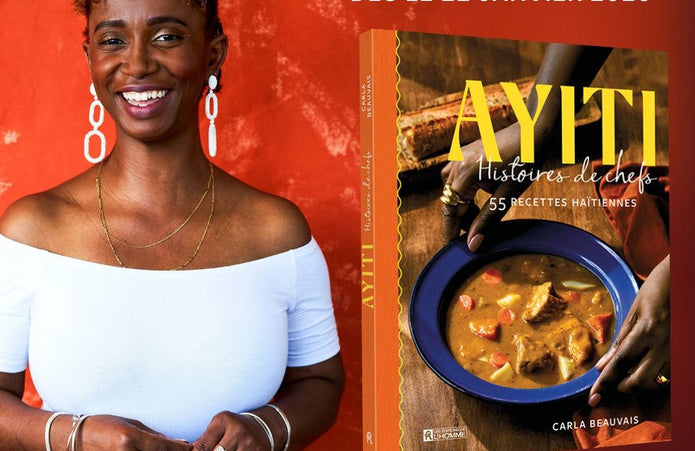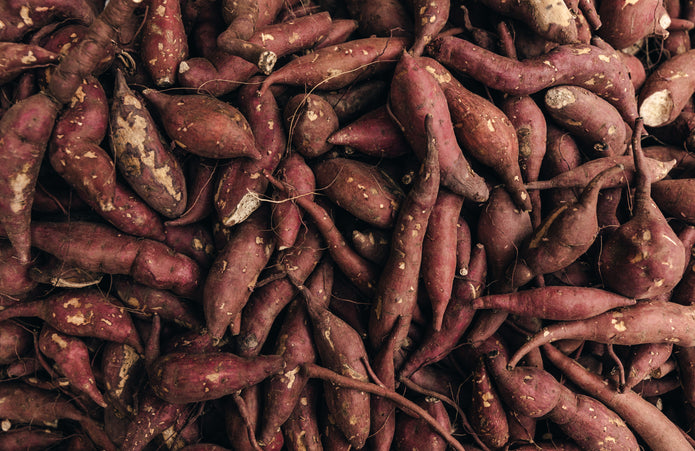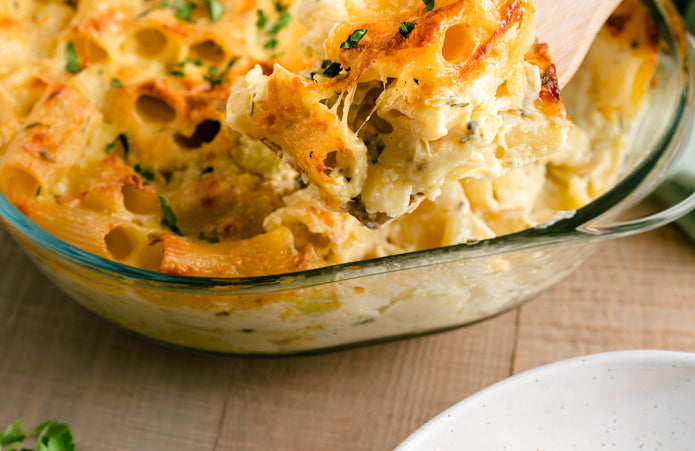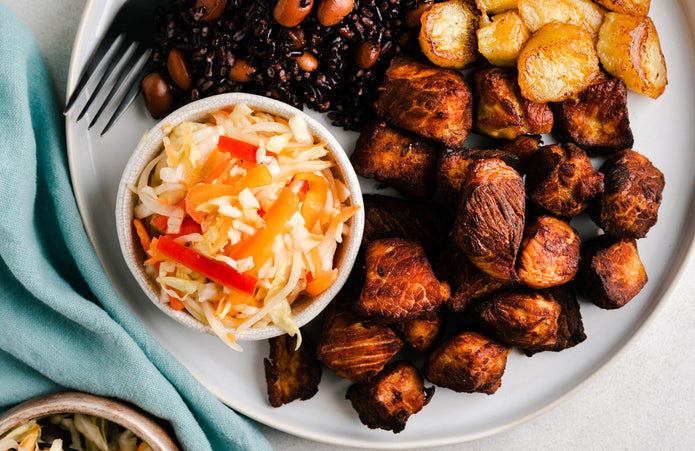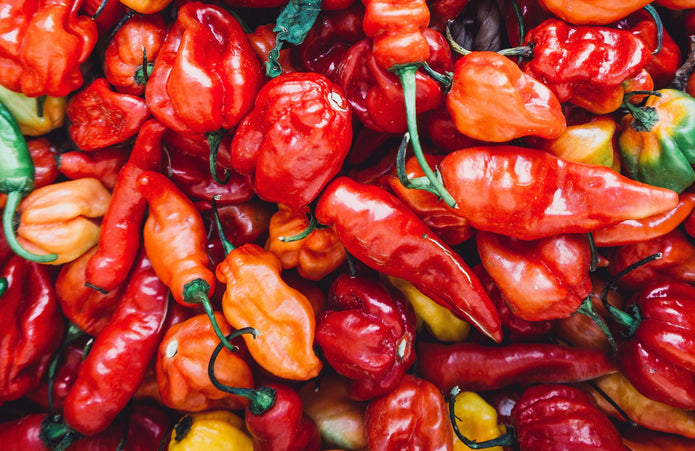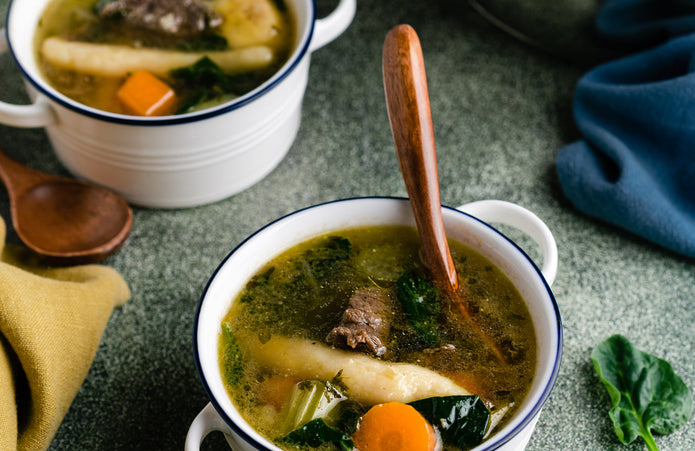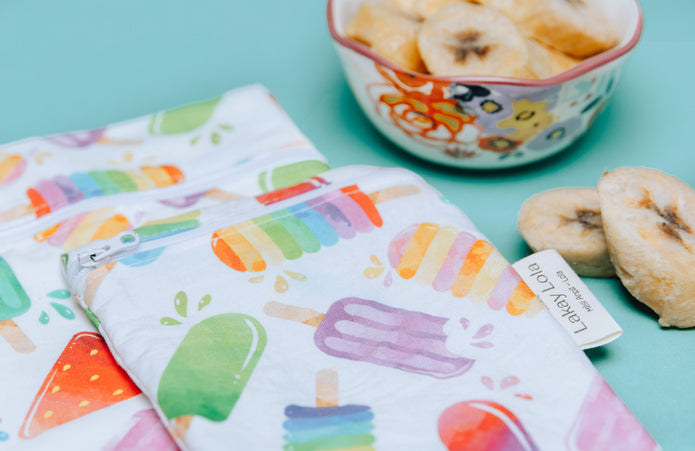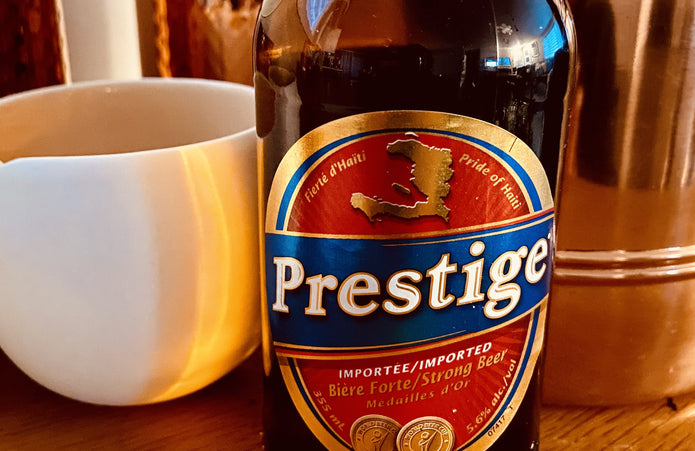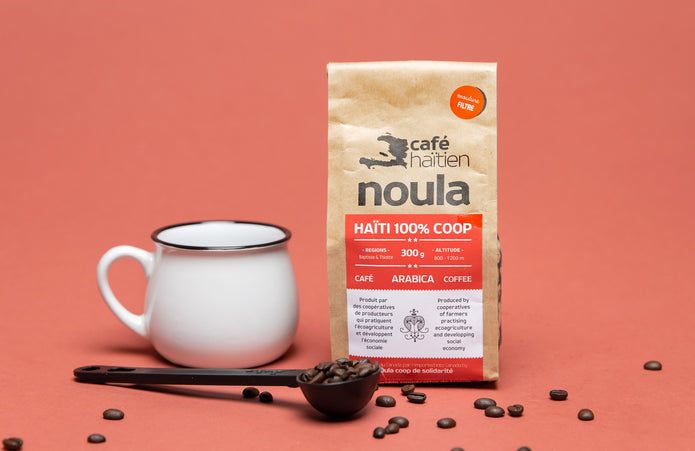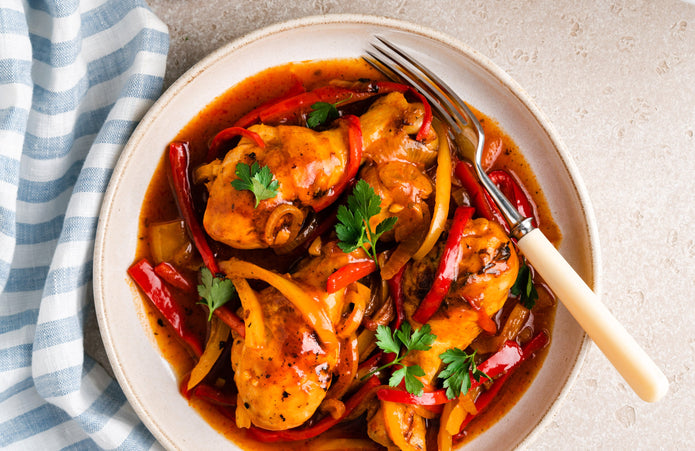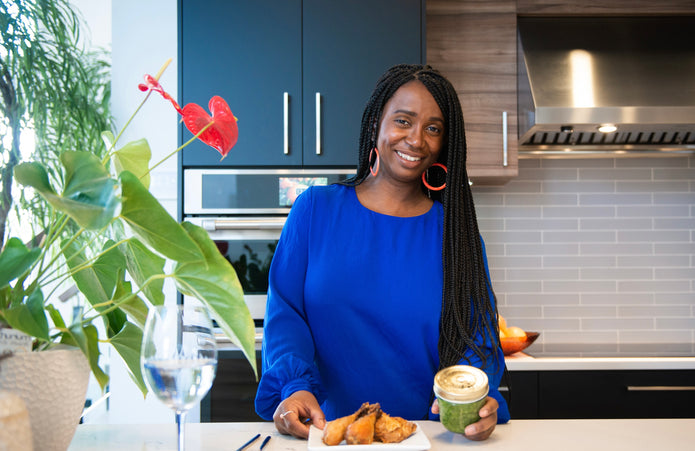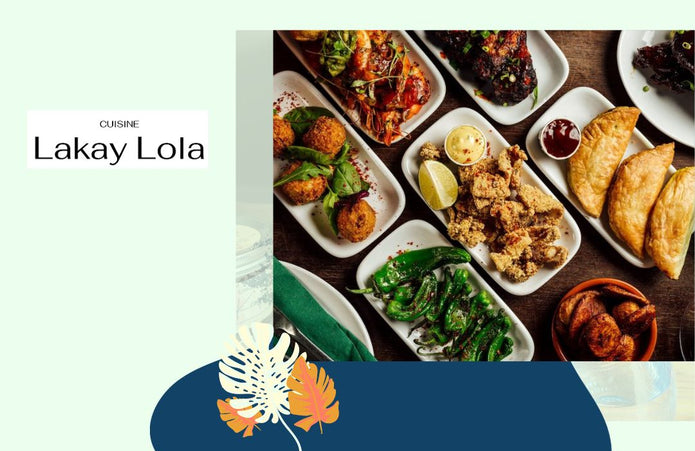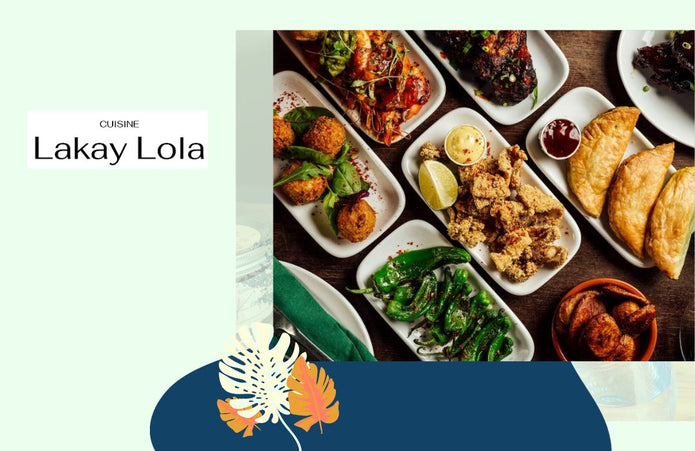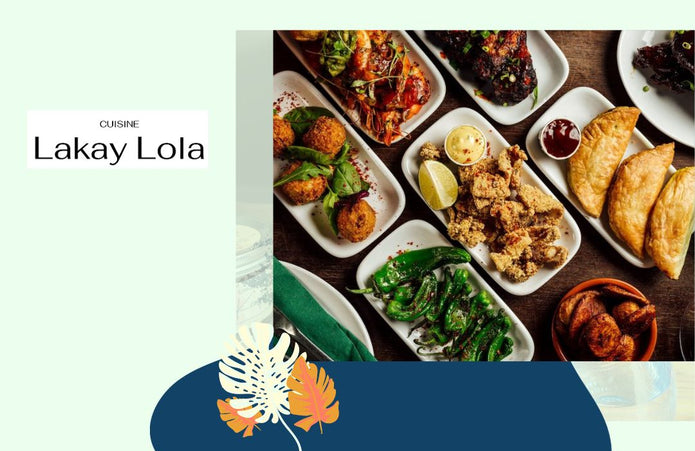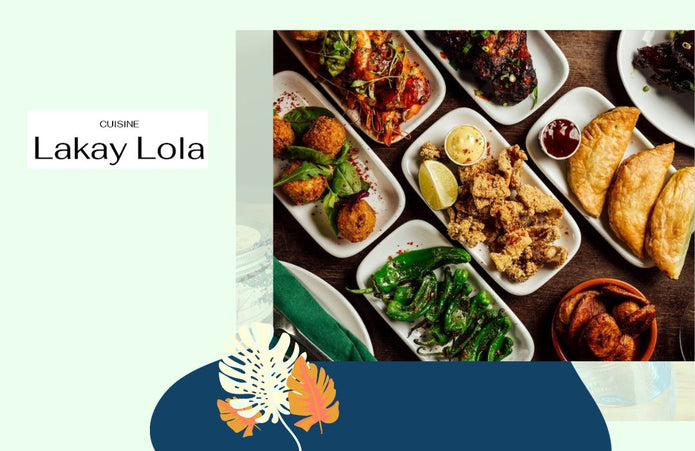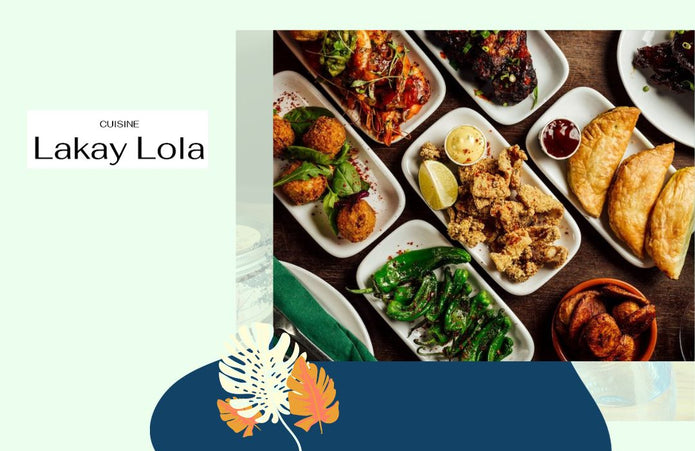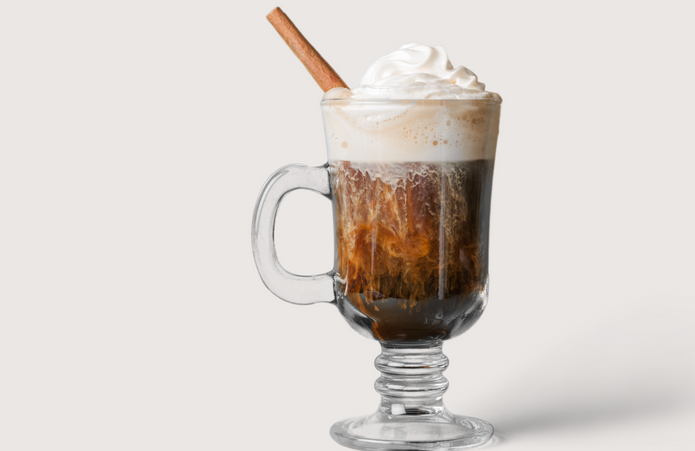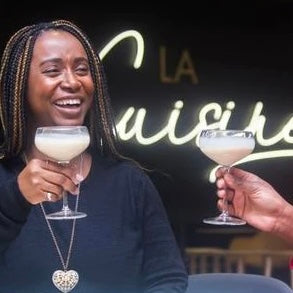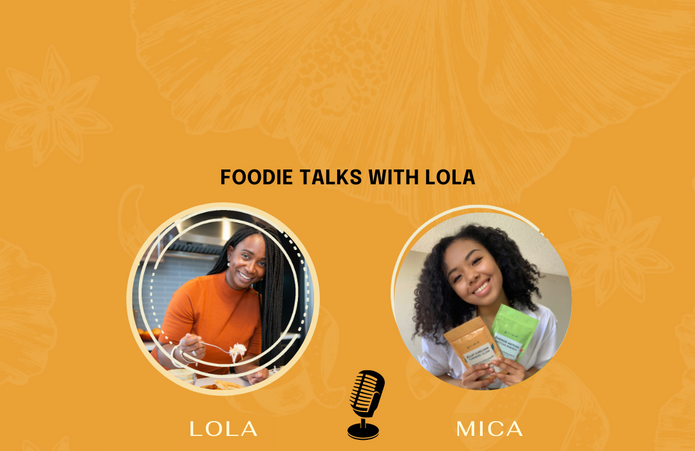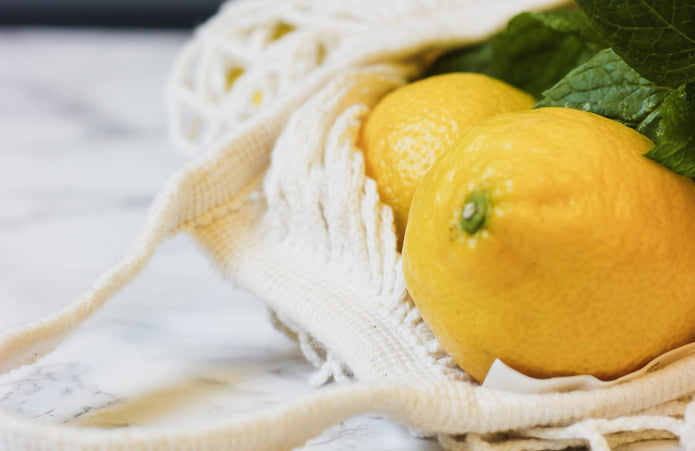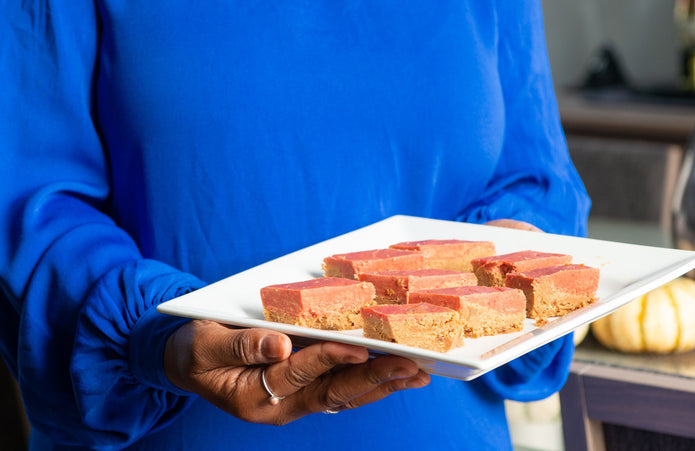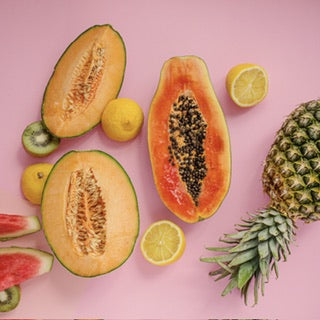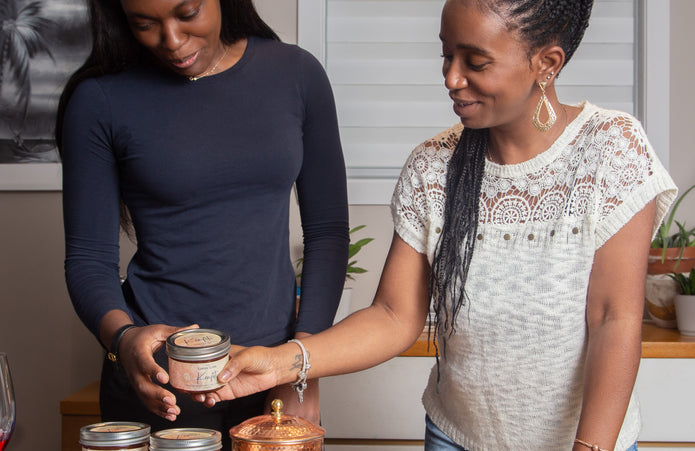JAMAICAN BLACK SPICE CAKE
En Caraïbes, les célébrations de Noël mettent en vedette un riche gâteau épicé à la mélasse chargé de fruits secs imprégnés d'alcool - le Black Cake !
En grandissant en Jamaïque, vous apprenez dès votre plus jeune âge que cette période de l'année signifie... gâteau noir, gâteau jamaïcain, gâteau aux fruits, gâteau de Noël ou gâteau noir ! Peu importe le nom que vous lui donnez, tout le monde dans les Caraïbes et sa diaspora conviendra que Noël n'est pas pareil sans cela. Un gâteau aux fruits à base de fruits secs infusés de rhum qui commence sa relation avec le rhum des mois, voire une année à l'avance.
De nombreuses personnes d'origine caribéenne britannique, ainsi que d'autres cultures, adorent cette délicatesse, qui a une saveur riche et une histoire fortement ancrée dans l'histoire coloniale des Caraïbes britanniques.
Le gâteau noir, élément essentiel de la cuisine des pays caribéens tels que la Jamaïque, Trinidad et Guyana, est étonnamment similaire au célèbre pudding aux prunes britannique de Noël qui est arrivé dans les Caraïbes sous le colonialisme britannique.
Le gâteau aux fruits est l'une des friandises de vacances les plus controversées qui soient. Il est facile de négliger cette friandise en raison de sa texture sèche et de ses fruits rouge vif et vert. C'est le cas à moins que vous n'ayez mangé du Black Cake, une douceur caribéenne qui s'inspire des gâteaux aux fruits et des puddings aux prunes mais qui est plus savoureuse, riche et onctueuse.
De quoi est fait le gâteau épicé noir jamaïcain ?
Le Black Cake est une œuvre d'amour, composé de fruits secs trempés dans de l'alcool mélangés à une pâte lisse, accompagnée d'un mélange d'épices terrestres et de sucre brûlé qui donne au gâteau sa couleur sombre distinctive.

Origines du gâteau épicé noir jamaïcain
Le gâteau a probablement vu le jour au XVIIIe siècle, lorsque les colons britanniques ont apporté des recettes de pudding aux prunes festives dans les Antilles. Les habitants ont modifié ces recettes en ajoutant des ingrédients régionaux et de l'alcool.
Le gâteau noir, également fabriqué dans d'autres parties des Caraïbes britanniques précédemment, telles que la Jamaïque et la Guyane, trouve ses origines dans le pudding aux prunes britannique, avec des composants historiques supplémentaires dans la mélasse et le rhum (ou, mieux encore, le sucre brûlé) qui le parfument et lui donnent sa couleur.
Pendant des années, les familles caribéennes ont préparé leurs propres versions uniques de cette délicatesse traditionnelle en utilisant les ingrédients disponibles, localement ou dans d'autres pays.
Au fil du temps, le gâteau noir est devenu un incontournable sur les tables de Noël des Caraïbes, avec du jambon rôti, de la pâte à tarte, un pichet de sorrel (thé d'hibiscus assaisonné) et du riz. C'est un gâteau de choix pour les mariages, les fêtes ou toute occasion formelle en Jamaïque.
Comment préparer le gâteau épicé noir jamaïcain
Chaque famille a sa propre recette de Black Cake, qui peut varier de maison en maison et d'île en île. C'est l'une des choses qui distinguent le gâteau noir ; les gens en sont fiers.

Alors que les Jamaïcains aiment le rhum avec leurs fruits secs, les Trinidadiens préfèrent le xérès et plus de cerises. Néanmoins, beaucoup d'alcool est nécessaire en tant qu'ingrédient essentiel.
La préparation du gâteau commence près d'un an à l'avance. Pour s'assurer que les fruits sont suffisamment saturés pour le gâteau, les raisins de Corinthe, les raisins secs, les cerises, les prunes et les écorces d'orange et de citron sont tous trempés dans du rhum et du vin pendant environ six mois dans des bocaux hermétiques. Ils peuvent être trempés pendant quelques jours à des années, généralement, la dernière est la norme. De nombreux boulangers commencent à tremper leurs fruits en janvier pour le mois de décembre suivant !
Pour produire la pâte du gâteau, de la farine tamisée est mélangée avec de la cannelle, une feuille de laurier, une noix de cola, de la muscade, une fève tonka et d'autres épices des îles. Mais ce qui distingue vraiment ce gâteau aux fruits jamaïcain, c'est le sucre brûlé - souvent appelé "browning" - qui est ajouté quelques secondes avant que le gâteau n'entre dans le four, lui donnant sa couleur sombre distinctive.
Comment servir le Black Cake ?
Bien que vous puissiez le manger tel quel (comme le font la plupart des Caribéens), il est préférable de le servir avec une grosse boule de crème glacée. C'est le mélange idéal de fruits, de rhum et d'épices réconfortantes.
Note : Ne, en aucun cas, appelez cette friandise un gâteau aux fruits, bien qu'il contienne des fruits glacés séchés ainsi que des écorces.

_________
Vous avez aimé cet article ? Les astuces ici vous ont-elles été utiles ? Veuillez nous le faire savoir sur notre facebook et Instagram pages !




